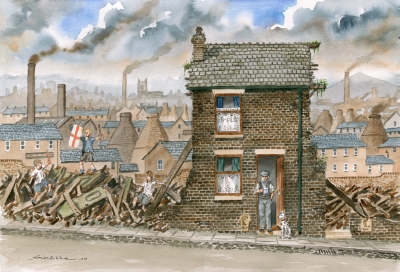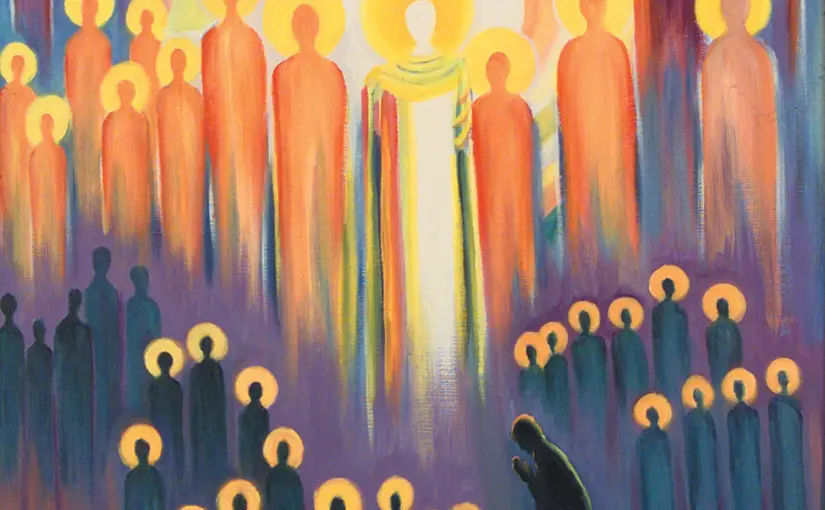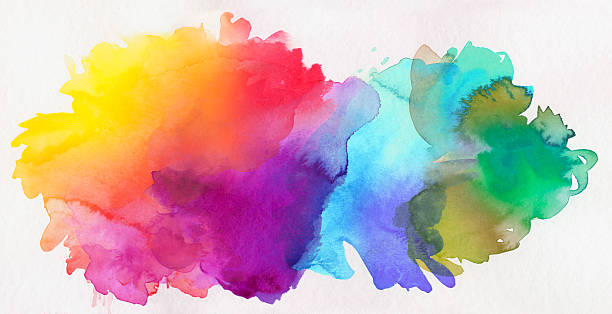
It’s 3 o’clock in the morning, and I am sat in a maternity ward in Bradford Royal Infirmary. My son, Hugo, is 15 hours old. My wife is attempting to sleep in the single bed provided. I am sat in an uncomfortable chair, with Hugo next to me in a crib. I am prepared to not sleep tonight; I will be there to ensure that my family does.
We had no visitors at visiting time, as we didn’t know when we’d be arriving in the ward. We are self-contained, efficiently prepared for all eventualities, armed with information and research to help us navigate the first few days of parenthood. We have systems in place, with contingencies on contingencies, to ensure that we keep calm and carry on. In the reality of it, however, both Mumma and Papa are out of our depth.
We share this ward with three other families. I know intimate details of their lives, not by choice, but by proximity. Speakerphones and raised voices mean I have been drawn into their anxieties, their frustrations, their joys. After eight hours, we have become a strange kind of community of voices; segregated by curtains, yet woven together by the night’s sounds and struggles. I only glimpse them in stolen moments: as I fetch water for nappy changes, as I step into the corridor for air, as I pass the midwives at their station.
This is a microcosm of Bradford on the second day of its year as UK City of Culture.
One mother, from a working-class estate, is accompanied by her own mother. The father of her baby is wanted by the police for assault, and the grandmother has no hesitation in making her contempt for him known. There is no peace between them—only frustration, which they take out on each other, the baby caught in the crossfire of their exhausted exasperation. They are both scared, though neither would admit it.
It breaks my heart to see how cycles continue, how patterns of survival become cultural norms passed down through generations. The stories of their pasts are being written into this child’s future before he even knows what it means to have a name. The choices they have made—some freely, many not—have been shaped by conditioning, by the limits placed on them before they even had a chance to dream of escape.
This is working-class Bradford. It is raw, resilient, often overlooked. There is a dignity in this community, but also a deep wariness of institutions, including, at times, the Church. Estate ministry is a particular calling and the Church of England struggles to do it despite our ontological commitment to stability in place through the parish system. The working class remains the most underrepresented group in the pews and in leadership, despite louder conversations about race and gender.
What does the gospel mean to this mother, to this grandmother? Does it sound like another well-meaning social programme, a new initiative that will run its course and leave them where they started? What words would Christ speak to them, if not from a pulpit, then from a hospital chair at 3 a.m.?
Next to them is another mother, one who speaks no English. Urdu fills the air between her and the man beside her—husband, father, I cannot tell. He is significantly older and serves as her translator, though not always faithfully. The midwives, patient yet perplexed, struggle to understand why she is not urinating, why the baby is dehydrated. She cries only when she thinks no one is watching.
How long has she lived in Bradford? Why does she not have a basic grasp of the language? How vulnerable she must feel, relying entirely on the men in her life to interpret her most fragile moments. I voice my concern to a midwife, who assures me they are monitoring the situation. I trust they will do right by her; but will she know? But will this mother even know if she is being cared for? Will she trust their help?
The gospel calls us to welcome the stranger, but what happens when the stranger has no means to hear the welcome? I have spent the last two years thinking about intercultural mission, about the tension between preserving identity and embracing community. But here, in this maternity ward, the theory is stripped bare. It is not about initiatives or theories; it’s about whether this woman, right now, has someone who can truly see her, listen to her, advocate for her.
Next to us, another South Asian family. A young mother, exhausted and afraid, a husband who does not seem to understand, or perhaps does not care. She speaks English; he does not. The divide between them is both linguistic and emotional. She sends him away, then calls him back, then sends him away again. A sister arrives, bringing advice that is unwelcome. Everyone is tense.
There is a forcefulness in their interactions, a refusal to yield that I have seen before. It is a strength, a survival instinct that allows people to carve out their space in a world that would rather not make room for them. I, in my tiredness, in my innate Englishness, have found myself silently pushing back—physically, as their space encroaches on ours, and emotionally, as their volume and presence overwhelm my senses. Colonialism emerging from ancestral depths!
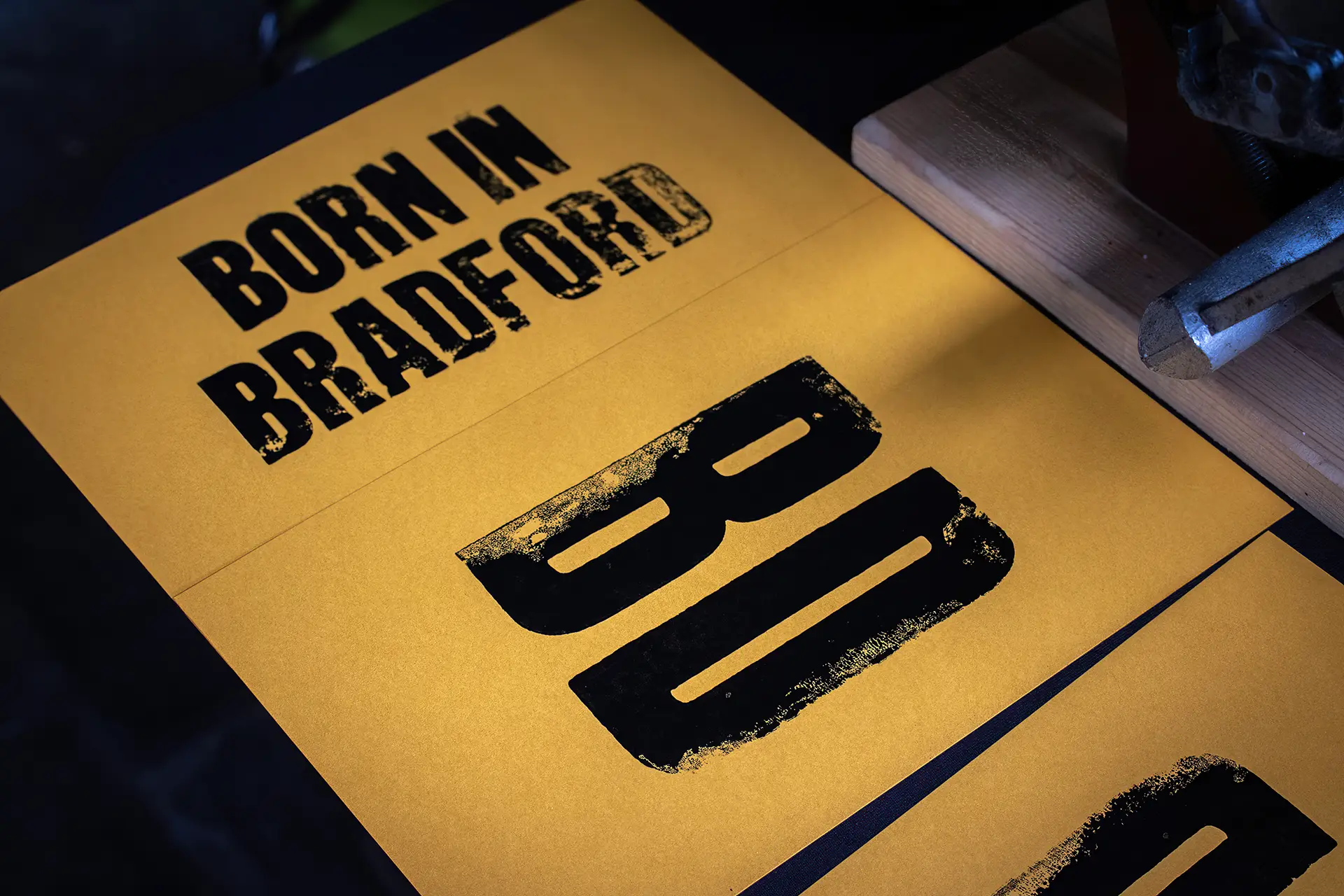
Each of us, in this microcosm of Bradford, are vulnerable in different ways and it seems that we’re forced, therefore, into survival mode exhibiting certain defence mechanisms and unconscious traits we have little control over. I imagine what interpretation our temporary neighbours make of this essential middle class, professional white couple. I imagine what these families are like in less oppressive environments.
I feel my own edges harden. I am already emotionally and sensorially overwhelmed and the heat, noise and smell has an increase intensity due to my already established sleep deprivation. I feel the instinct to retreat into my own bubble, to shut it all out and attempt to regulate. The fatigue amplifies the differences, and I catch myself falling into the same tribal impulses that I spend my life trying to deconstruct.
And then I look at Hugo.
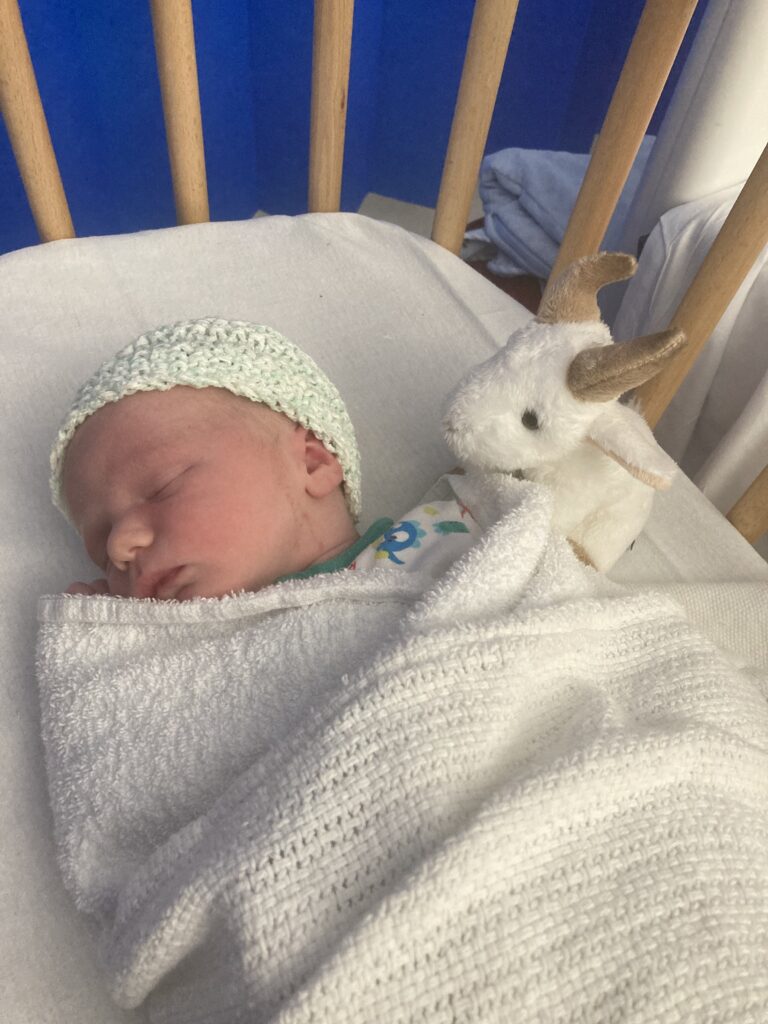
Here he is, in his crib, fresh and unshaped by the world ex uteri. His lungs, his eyes, his tiny hands—all of them unburdened, not yet tethered to the weight of culture, class, language, or expectation.
But he will be.
He will grow up in Bradford, in a city of shifting cultures, of inevitable clashes, of unspoken assumptions about who belongs where. He will learn from us, his parents, how to navigate it all—how to hold his identity with grace, how to make space for others without losing himself. He will learn, I hope, that borders can be places of meeting as well as division.
What will his inheritance be?
I think of Jesus, entering into the mess of the world—not from a distance, but from within. I think of his refusal to let culture, class, or law dictate whom he should love. I think of the stable, the vulnerability, the very human struggle of his earliest days.
And I think, perhaps, that is the answer.
Not to separate, not to retreat, but to step deeper into the tension. To be fully present in the complexity, to listen before speaking, to offer himself without condition.
Hugo shifts in his crib, his tiny face peaceful. I place my hand gently on his chest and whisper a prayer—not just for him, but for the mother across from me, for the woman crying behind the curtain, for the families fighting through their fear, for this city of birth and rebirth.
We are all newborns in some way, all learning how to live in a world that does not always make sense.
And maybe, just maybe, we can learn together.


